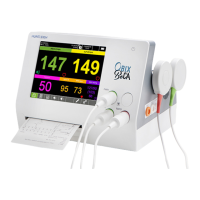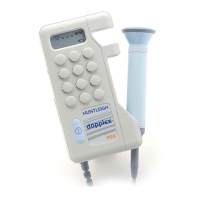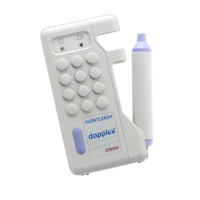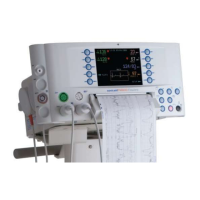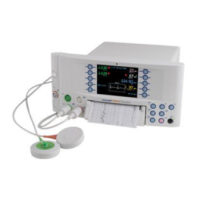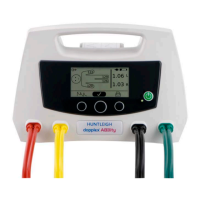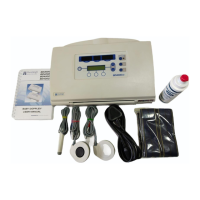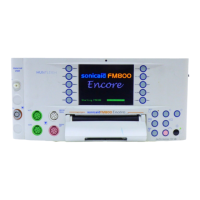What to do if there is no signal from the oximetry sensor connected to Huntleigh Medical Equipment?
- KKevin WallAug 15, 2025
If no signal appears when the oximetry sensor is connected or the signal disappears after some time of monitoring with your Huntleigh Medical Equipment, verify that the cable is properly connected to the monitor and the connections between the cable and the sensor. Ensure the finger is properly inserted. Note that nail polish may interfere with readings, so try another finger.
